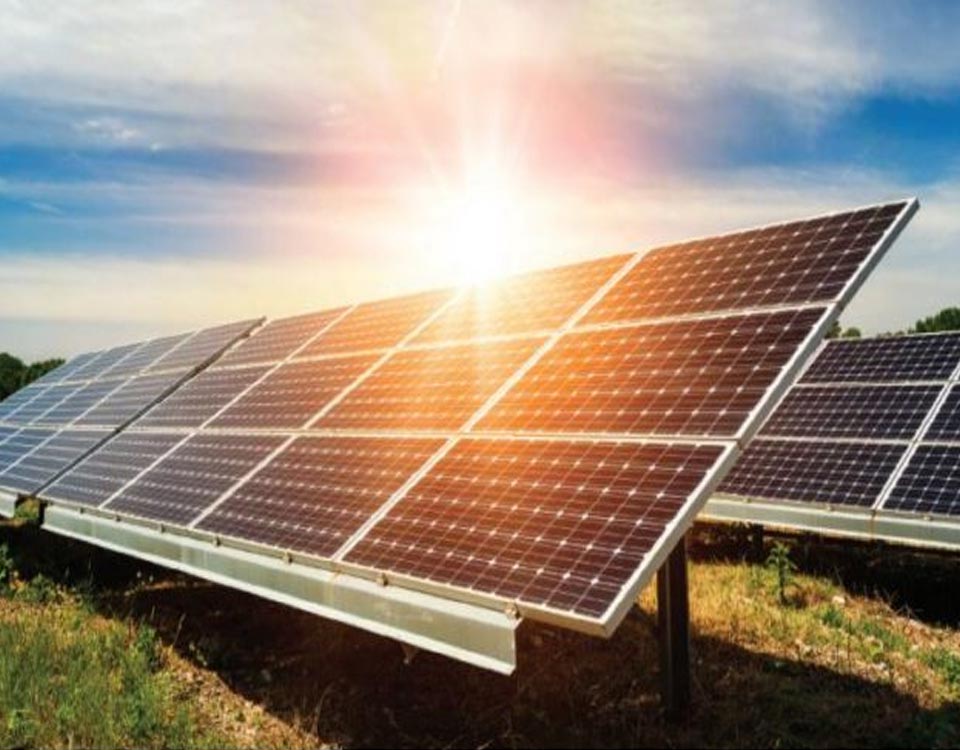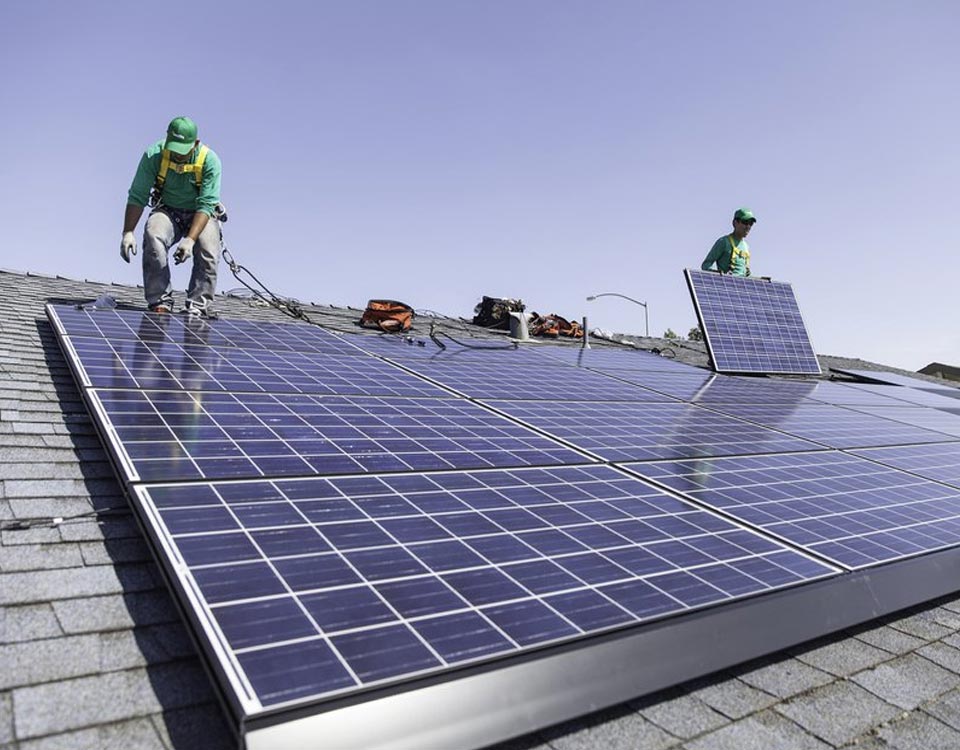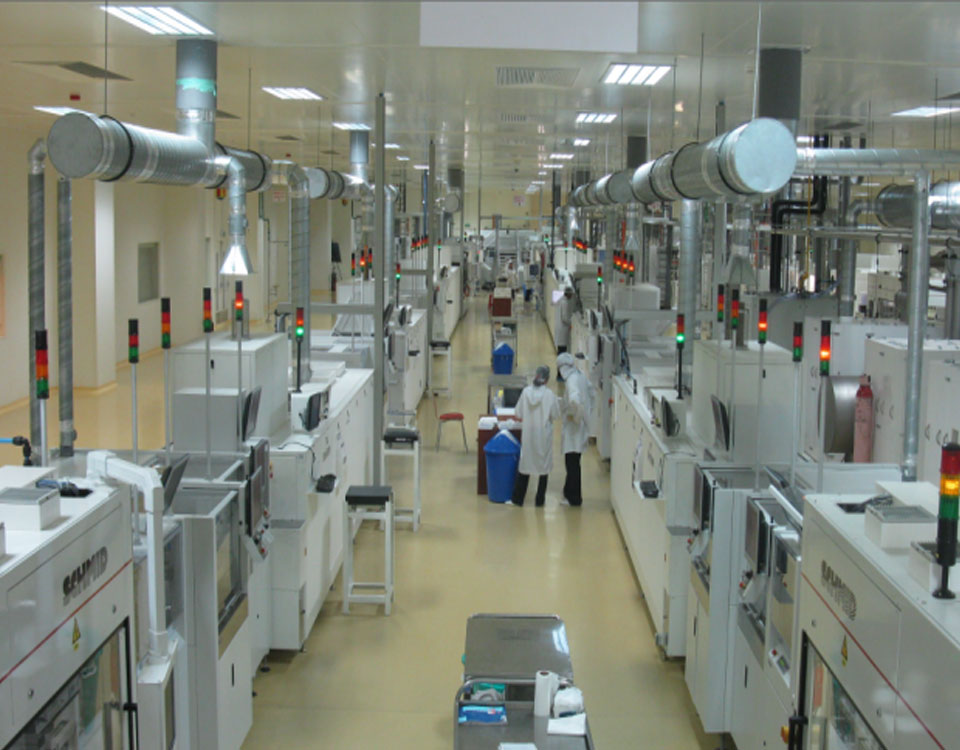- Welcome to Indian Solar Manufacturers Association (ISMA)
Anti-dumping duty demand soars up for level-playing field
Solar manufacturers association demands anti-dumping duty to help the sector reeling under slowdown as the cost of procurement for new project has gone up due to GST, import duties and rise in module prices, reports Bridge to India.
In July last year, Indian Solar Manufacturers Association (ISMA) filed a petition with Directorate General of AntiDumping & Allied Duty (DGAD), Ministry of Commerce and Industry for investigating imports of solar cells and modules from China, Taiwan and Malaysia. The investigation petition covers both thin film and crystalline technologies and affects imports making up more than 85 percent of total cells and modules used in India.
What lies with DGAD?
DGAD has the mandate to provide the domestic solar manufacturing industry a level-playing field against the impact of unfair trade practices like dumping and subsidies by other countries. It can use trade remedies like anti-dumping duty (ADD), countervailing duty, import quotas etc under appropriate framework of WTO, Customs Tariff Act & Rules and other relevant laws and international trade agreements.
As described in Section 9A (1), Customs Tariff Act, 1975, DGAD may recommend an anti-dumping duty not exceeding dumping margin or the injury margin. DGAD is required to conclude the investigation and give its recommendation to the ministry of finance within a year, subject to a six-month extension in certain cases. Final decision on appropriate trade remedies is taken by the Ministry of Finance. Under the Act, the anti-dumping duty is imposed for a time-period of five years. At the end of this period, DGAD is required to conduct a sunset review to determine if the imposed duty needs to continue. It can also conduct an interim review to examine need for continued imposition of the duty.
The current state
Analysing timelines of 35 anti-dumping cases from 1999-2016 in India in which anti-dumping duties were levied, we observed that the anti-dumping duty decision took an average of 15 months from initiation of investigation. For instance, an anti-dumping petition was filed in Jun-2016 for colour coated, pre- painted flat steel products imported from China and EU and the antidumping duty was imposed in Aug-2017, 14 months after petition submission date. As per this time line, final decision on anti-dumping duty on import of PV cells and modules may be expected by October 2018.
Some industry experts feel that DGAD may also decide to impose a provisional duty. Provisional duty is levied under critical circumstances in which there is a clear evidence that imports have caused serious injury to the domestic industry. The trend of past cases shows that provisional duty is generally announced about 7 months after initiation of investigation. In the case of colour coated, prepainted flat steel products also, the provisional duty was imposed in Jan-2017, 7 months from commencement of investigation. This suggests that a provisional duty on import of PV cells and modules may be announced by Feb-2018.
But there is a very strong buzz in the industry that a duty announcement is about to come anytime now. The government is under pressure about the poor state of manufacturing despite its ‘Make in India’ initiative and 10 times growth in module demand in the last three years. If DGAD and the Ministry of Finance are sympathetic to the case, it is certainly possible that a provisional or anti-dumping duty may be imposed imminently.
Impact on solar projects in pipeline
As on September, 2017, India’s total utility scale solar project pipeline, comprising projects allocated to project developers and EPC contractors, stood at 10,842 MW. All these projects face threat of provisional or anti-dumping duty depending on when the decision is announced.
ADD imposed in 2017
While the domestic content requirement (DCR) pipeline should not be directly affected by ADD, we expect these projects to also face cost increases as domestic module manufacturers would hike prices immediately in the event of any duty imposition.
Operational and financial impact on pipeline projects
Modules contribute to approximately 60percent of the total project cost of solar projects. At current price of USD 0.36/ Wp, a duty of 30percent would increase project cost by 18percent, or INR 895 million (USD 14 million) for a 100 MW project. Project returns are expected to fall significantly in such a scenario. The following chart shows impact of different levels of duty on a project earning 10percent, 8percent or 6percent unlevered project IRR, other factors remaining constant.
As the negative impact of duties is significant – about 3percent fall in returns at a duty level of 30percent – the petition is a major risk to the viability of all pipeline projects, where modules have not yet arrived on site. The immediate impact for these projects is significant completion delays as the developers are anxiously waiting in anticipation of a decision. More critically, if a provisional or anti- dumping duty exceeding 10percent is imposed and no recourse is provided to the developers, the pipeline projects face the risk of abandonment except where material capital has been already committed to the projects. This would be a grave scenario for the sector and all concerned stakeholders. The optimistic scenario for the sector is that projects auctioned before the date of petition (July 2017) are grandfathered or that the central or state governments compensate them for extra costs. We are however, not aware of any such precedence across different sectors and believe that the probability of such an outcome is at best 50 percent.
Some developers have argued that they would seek change-in-law protection if a provisional or anti-dumping duty is imposed. Our analysis shows that if 30 percent duty is imposed and module cost is USD 0.36/ Wp, tariff will need to go up by about INR 0.48/ kWh (17percent) to restore pre-duty financial returns of the solar project. We believe that the probability of getting changein-law compensation is minuscule as such provisions in most PPAs are rather weak and the DISCOMs would fiercely resist any cost pass through.
Upcoming auctions
Any auctions conducted while a duty decision is pending also face an uncertain future. As of September 2017, there are 2,655 MW (2,087 MW in open category and 568 MW in DCR category) of tenders, which have been announced and are awaiting auctions. SECI is expected to imminently conduct an auction for 750 MW in Bhadla solar park.
The challenge for developers is how to price duty risk. Solar auctions in India are so aggressive that it seems unrealistic a developer building a sufficient financial buffer would be able to win any capacity. The recent Gujarat 500 MW auction in September 2017, is a good example – it was won by Azure Power, GRT Jewellers, Gujarat State Electricity Corporation Limited and Gujarat Industries Power Company Limited at extremely competitive tariffs between INR 2.65-2.67/ kWh
There are two broad range of possibilities for auctions held in the intervening period, both equally unappealing – developers continue to bid aggressively, in which case, the projects would be financially unviable if a duty is subsequently announced; or the developers exercise restraint, resulting in less competition and higher tariffs, in which case, the DISCOMs might retreat and refuse to sign PPAs as seen in many tenders recently.
Impact on domestic manufacturers and manufacturing investments
In FY 2016-17, 89percent of solar modules used in India were imported from China and other countries. Indian project developers favour Chinese module manufacturers as these are approximately 10percent cheaper than domestic modules. The projects using domestic modules did so only because of DCR stipulation, without which, the share of imported modules could have been as high as 95percent or possibly, even greater.
As per MNRE, India’s total installed solar cell and module manufacturing capacity was 3.2 GW and 8.5 GW respectively as of May 31, 2017, but the operational capacity was only 1.7 GW and 5.5 GW for cells and modules respectively. As against this, actual production in 2016-17 was only 0.7 GW and 1.7 GW respectively.
The domestic manufacturers have been struggling because of their inability to compete on price with Chinese manufacturers. Most of them have sub-scale capacities, high cost base and are completely reliant on imported technology and raw materials. Imposition of ADD or provisional duty exceeding 10percent shall enable them to price at profitable levels and increase production.
But the key issue for the sector is whether Indian or other manufacturers would be able to use the opportunity afforded by duties to make investments and create a thriving, competitive module manufacturing sector in India.
There is a huge gulf between the scale and technological or operational capability of Indian and Chinese manufacturers. Moreover, the Chinese manufacturers have been expanding internationally to counter threat from trade barriers. Canadian Solar, Jinko, Trina, JA Solar and Talesun are some of the notable names to set up manufacturing facilities in Indonesia, South Korea, South Africa and Thailand precisely for such purposes. They should be able to circumvent duties, at least partly, by routing exports from these manufacturing bases, in turn mitigating the negative and positive impact on developers and manufacturers respectively.
We believe that trade barriers alone will fail to achieve their target to promote domestic manufacturing unless they are backed up by other policy reforms to improve competitiveness of Indian manufacturing.
The Indian government has a tough decision to make as it needs to strike a balance between demands of manufacturing and project development activities. If developers are not compensated for extra cost, many of the under-construction projects face risk of abandonment as they have little financial cushion. On the other hand, announcement of duties alone is unlikely to have any enduring benefits for domestic manufacturing beyond throwing a financial lifeline to the existing manufacturers.




